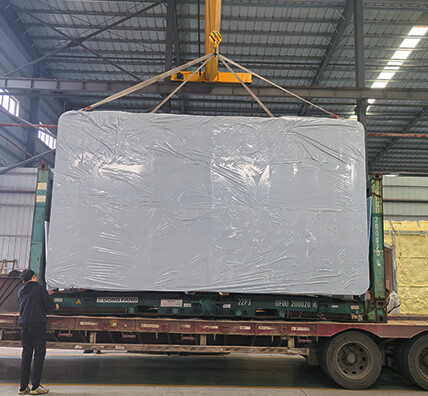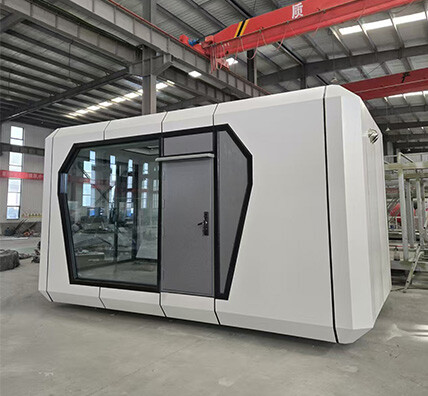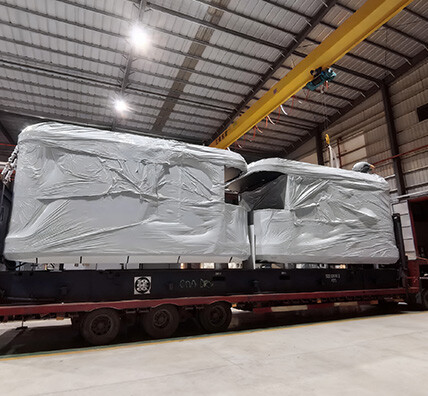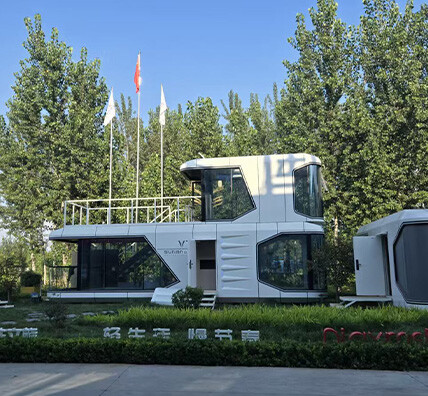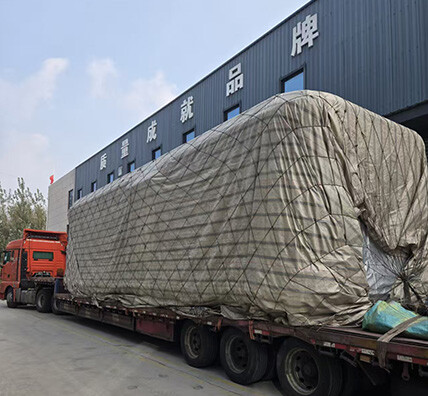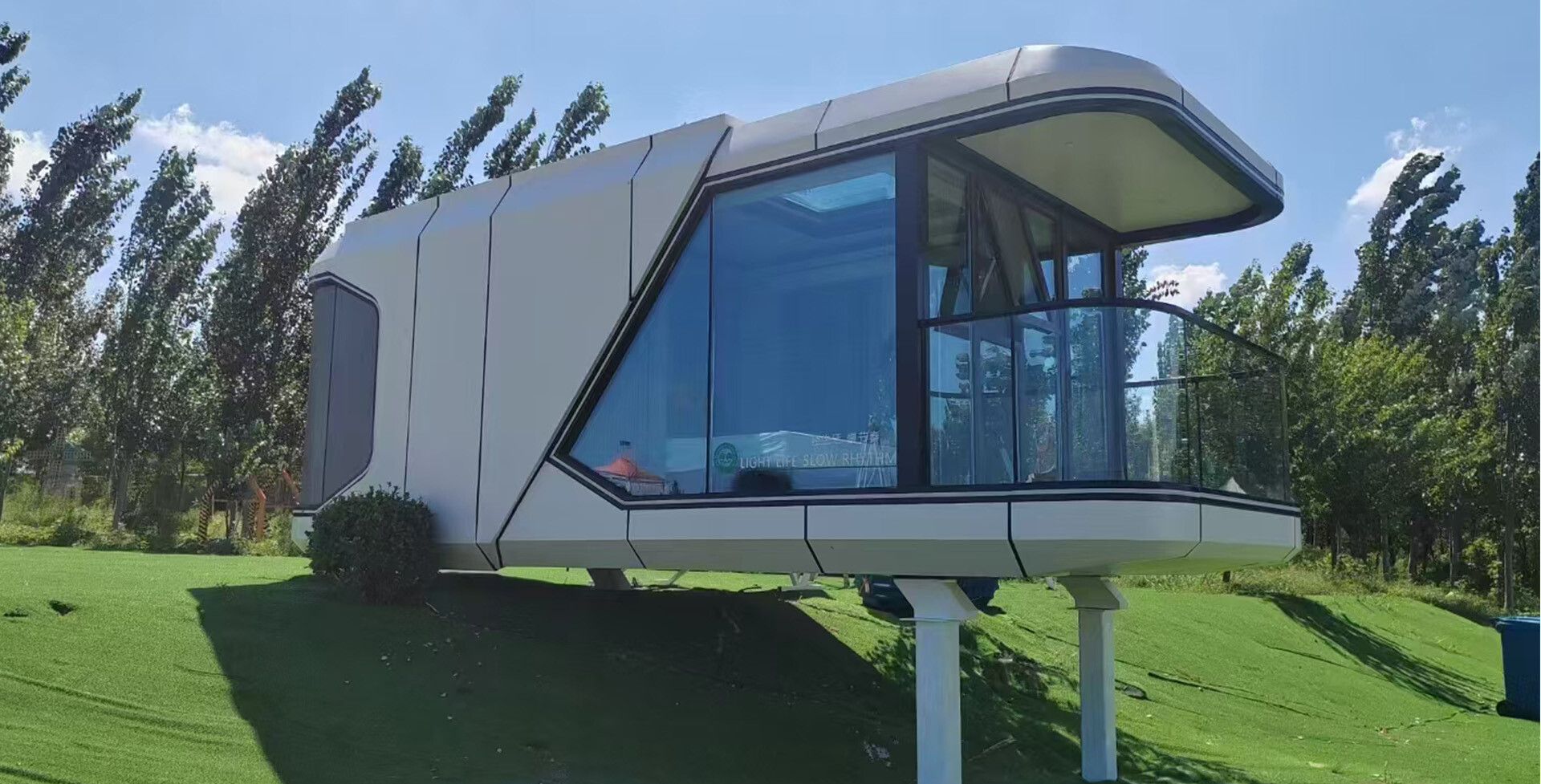
In the continuous exploration of human beings for living environment, harsh geographical environment is a common problem. These areas may be located in high-altitude cold areas, hot deserts, rugged mountains or uninhabited islands. Traditional building materials and construction methods are difficult to adapt to such environments. For example, in high-altitude cold areas, extremely low temperatures can cause building materials to freeze and crack, and houses with poor thermal insulation performance will cause residents to suffer from severe cold; while in desert areas, high temperatures, dust and water shortages put high demands on the insulation, wind and sand protection and water-saving capabilities of buildings. However, the emergence of SUNINN cabin capsule houses has brought new hope for solving this problem. With its unique advantages, it has become an ideal living solution for complex terrain and remote areas.
Advantages of SUNINN space capsule houses
(I) Excellent environmental adaptability
SUNINN space capsule houses were designed with extreme environmental challenges in mind and have strong adaptability. Its shell is usually made of new composite materials that are high-strength, lightweight and have good thermal insulation and protection properties. This material can effectively resist adverse climatic conditions, whether it is the extreme cold of the polar regions or the scorching heat of the desert, it can maintain the temperature in the cabin within a habitable range. In high-cold areas, the insulation layer of the capsule house can greatly reduce heat loss, and at the same time, its sealing performance can prevent the invasion of cold wind. In desert areas, the shell material can reflect the heat in the sun to prevent the cabin temperature from being too high, and can resist the erosion of wind and sand, protecting the internal structure and the safety of the occupants.
In addition, the structural design of the capsule house also enhances its adaptability to complex terrain. It can adapt to the rugged terrain of mountainous areas or the unstable geological conditions of islands through special chassis design or installation methods. For example, some capsule houses can ensure stability on uneven ground through adjustable support feet, reducing the risks caused by ground shaking or tilting.
(II) Compact and fully functional design
The interior design of the SUNINN capsule house is compact and reasonable, and can meet basic living needs in a limited space. Despite the limited space, through clever layout and the use of multifunctional furniture, residents can have comfortable sleeping areas, living areas, dining areas and sanitary facilities.
(III) Easy to transport and install
Due to the inconvenient transportation in remote areas, the transportation of building materials and the installation of houses are difficult. SUNINN capsule houses have the advantage of being easy to transport and install. It can be prefabricated in the factory, and only simple assembly and debugging are required at the installation site, which greatly reduces the time and workload of on-site construction.
Application cases and prospects of SUNINN capsule houses in remote areas
SUNINN Capsule houses also have broad application prospects. They can be used as long-term or temporary living facilities. They can withstand sea breezes, waves and high humidity environments, provide residents with a stable living space, and solve the problem of water and power supply difficulties on islands.
With the continuous development of technology and the further reduction of costs, SUNINN capsule houses are expected to be widely used in more fields, providing ideal living solutions for all walks of life, and opening up new ways to survive and develop in a broader and more complex geographical environment.
